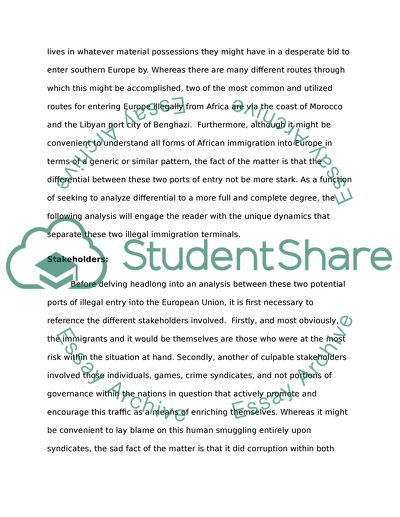Illegal Immigration in Morocco and Libya Research Paper. Retrieved from https://studentshare.org/social-science/1643956-illegal-immigration-in-morocco-and-libya
Illegal Immigration in Morocco and Libya Research Paper. https://studentshare.org/social-science/1643956-illegal-immigration-in-morocco-and-libya.


